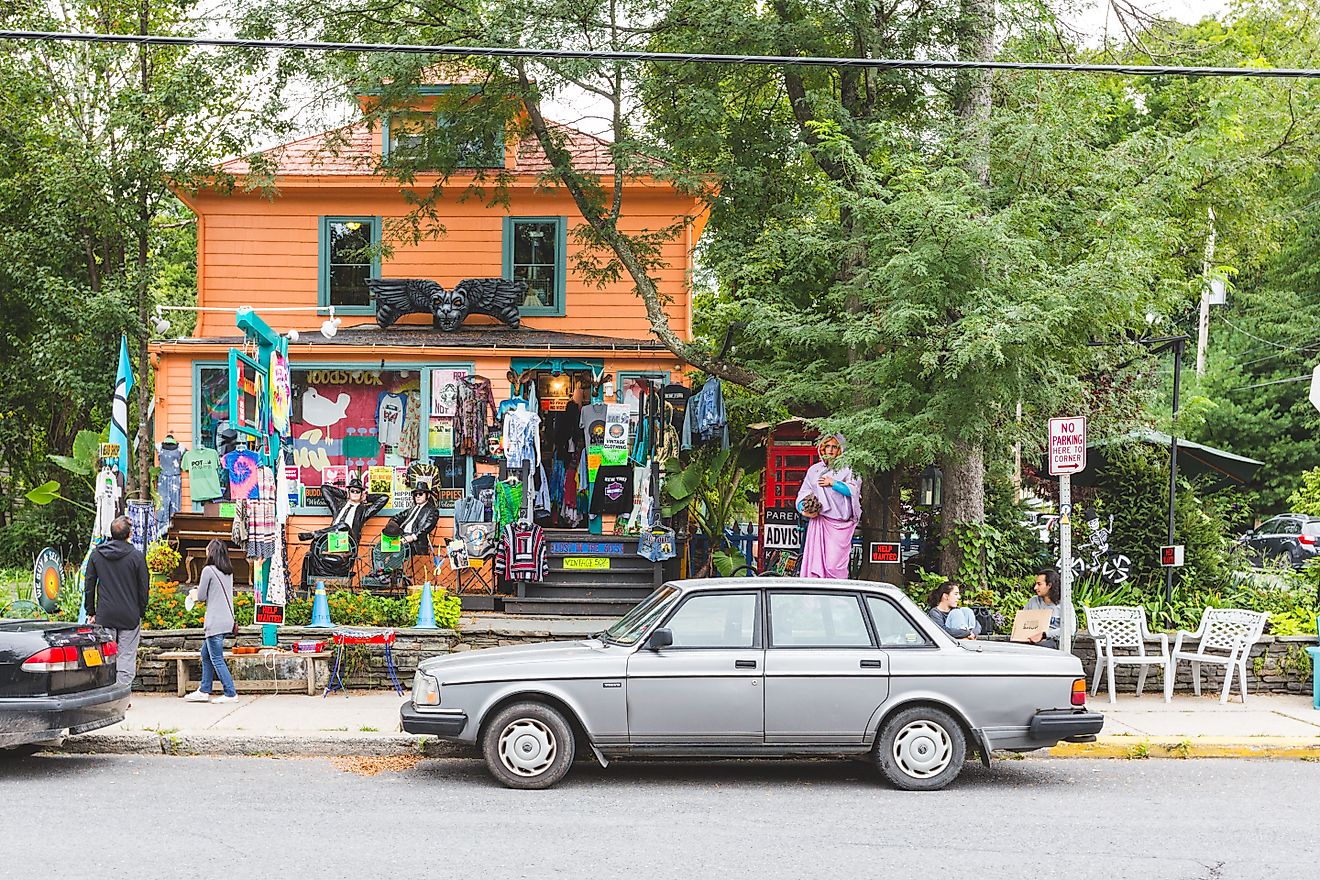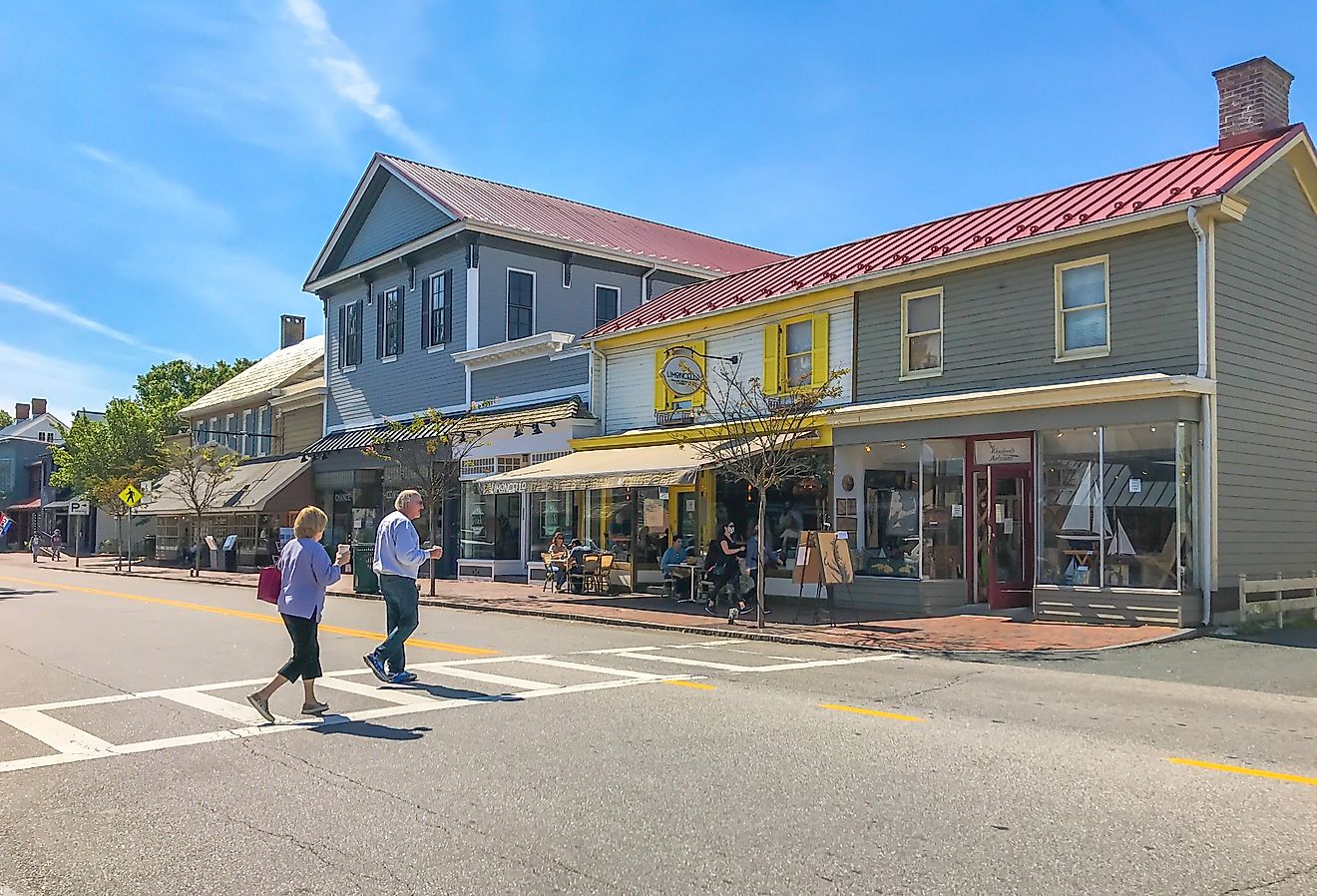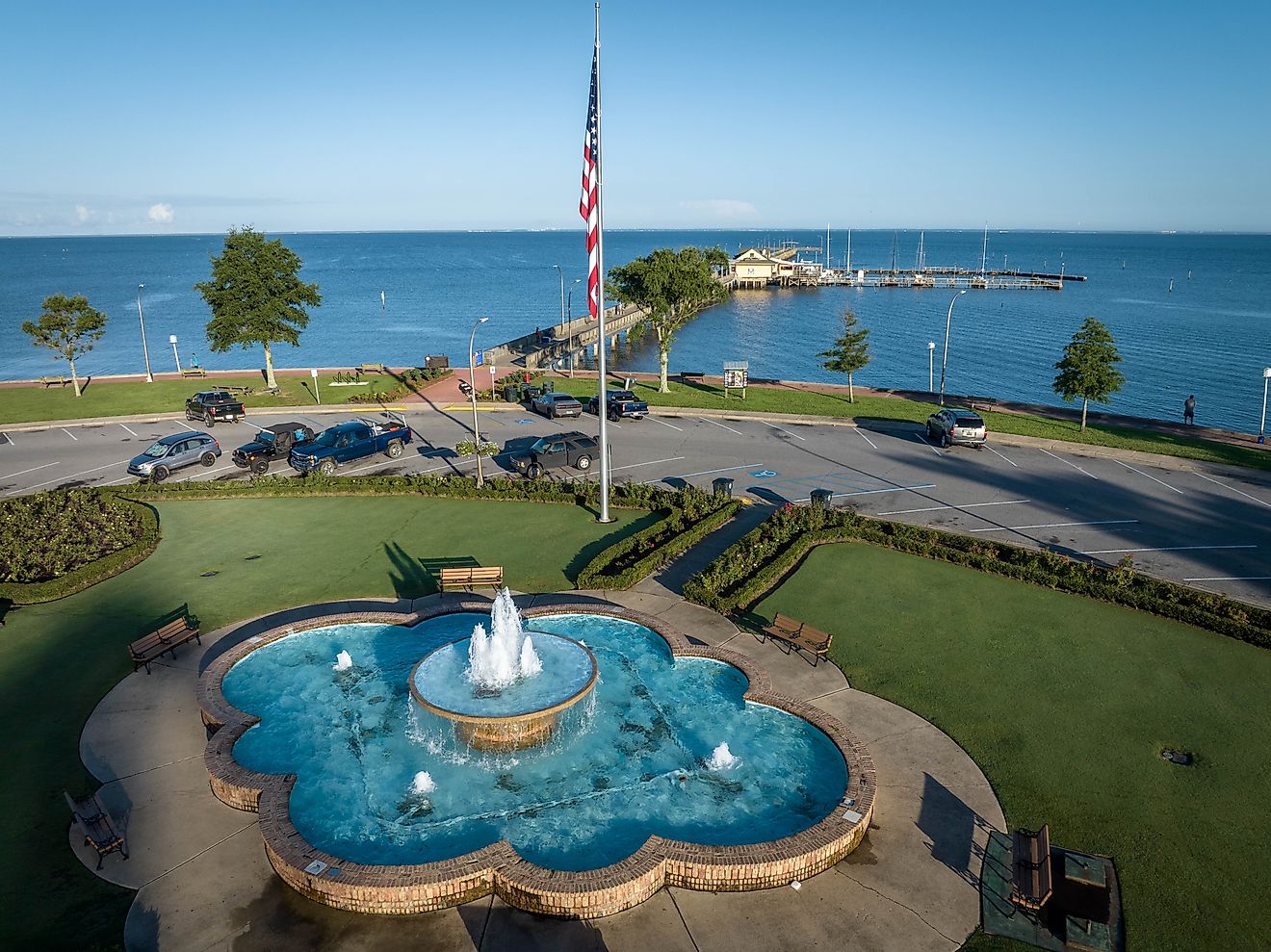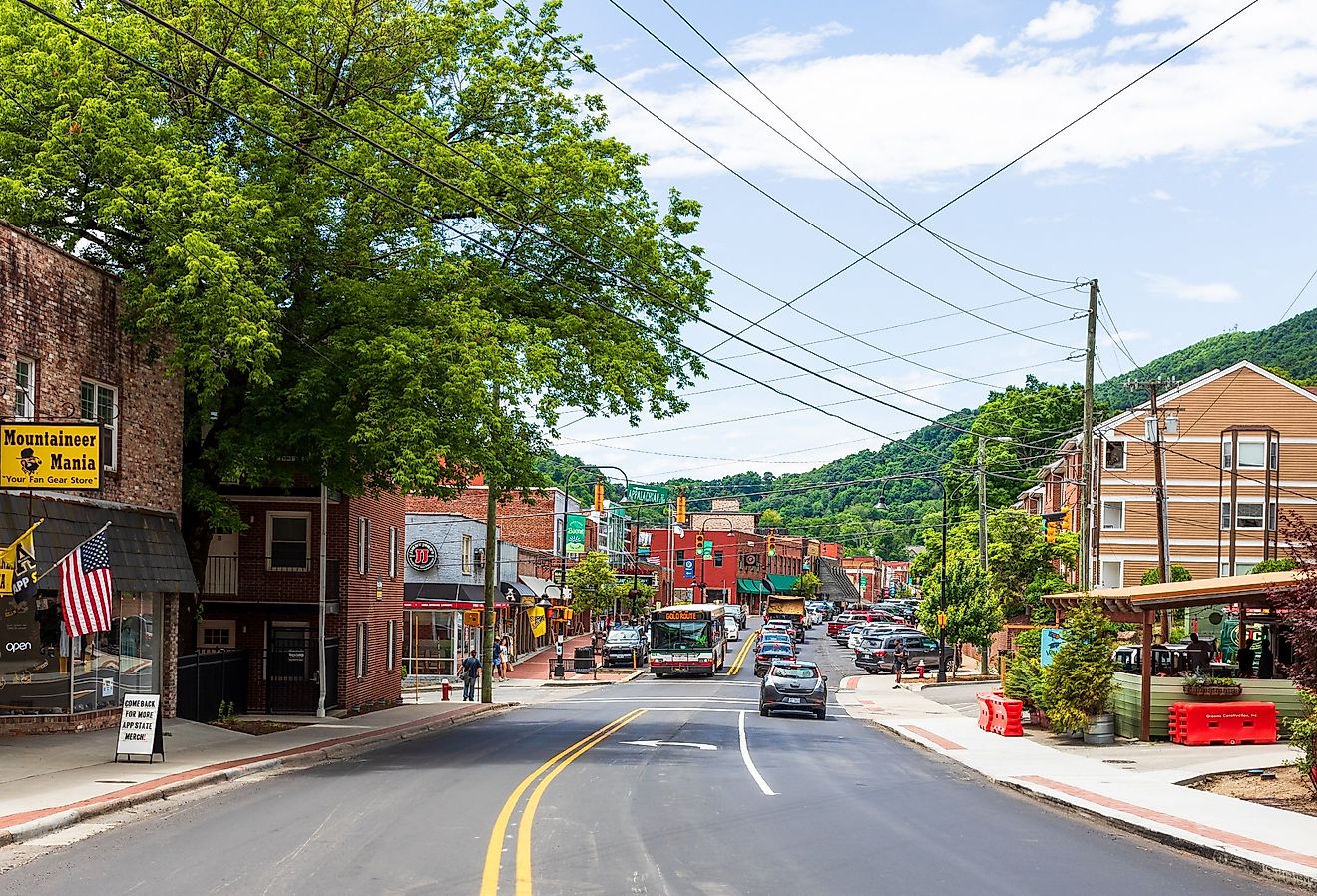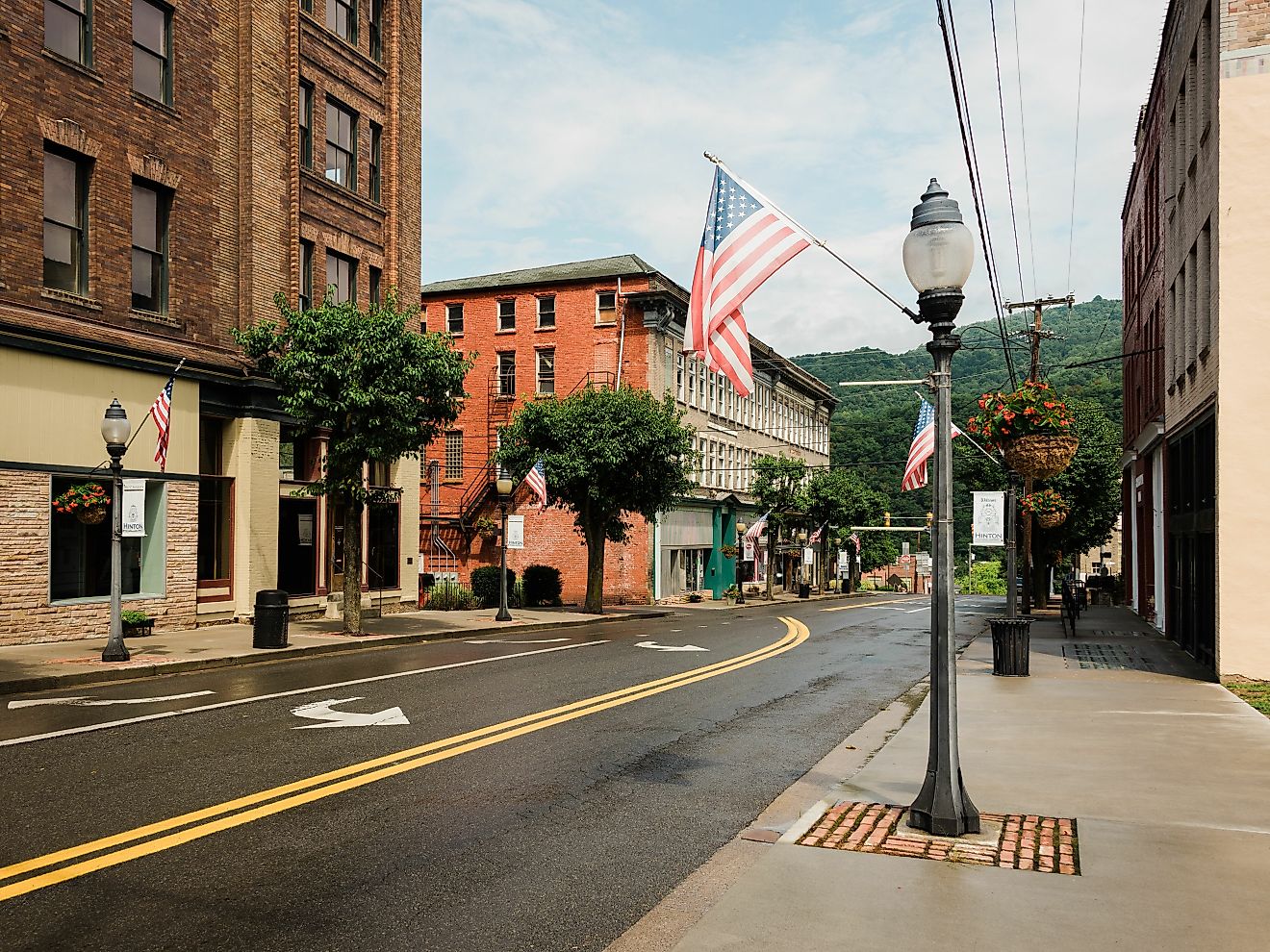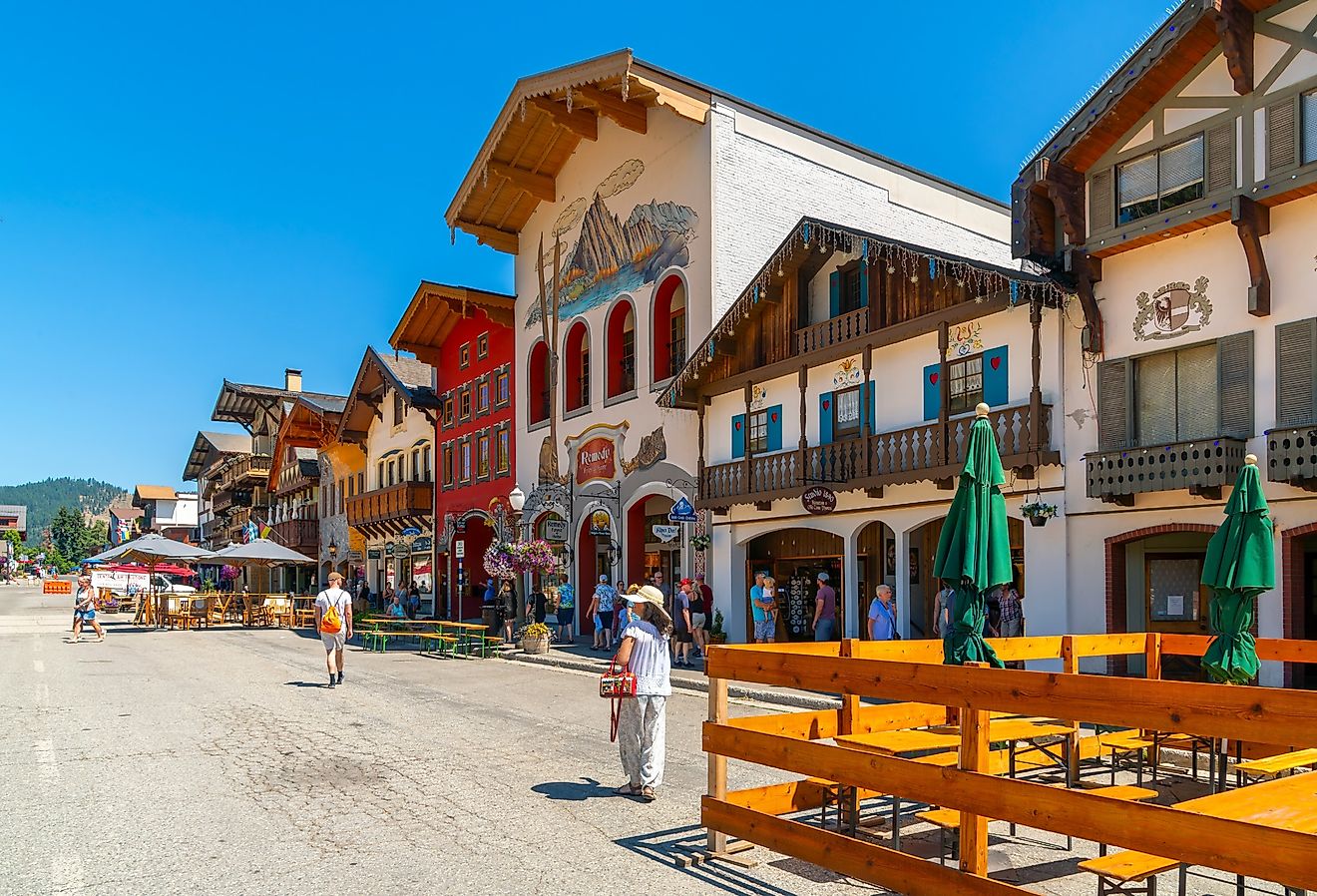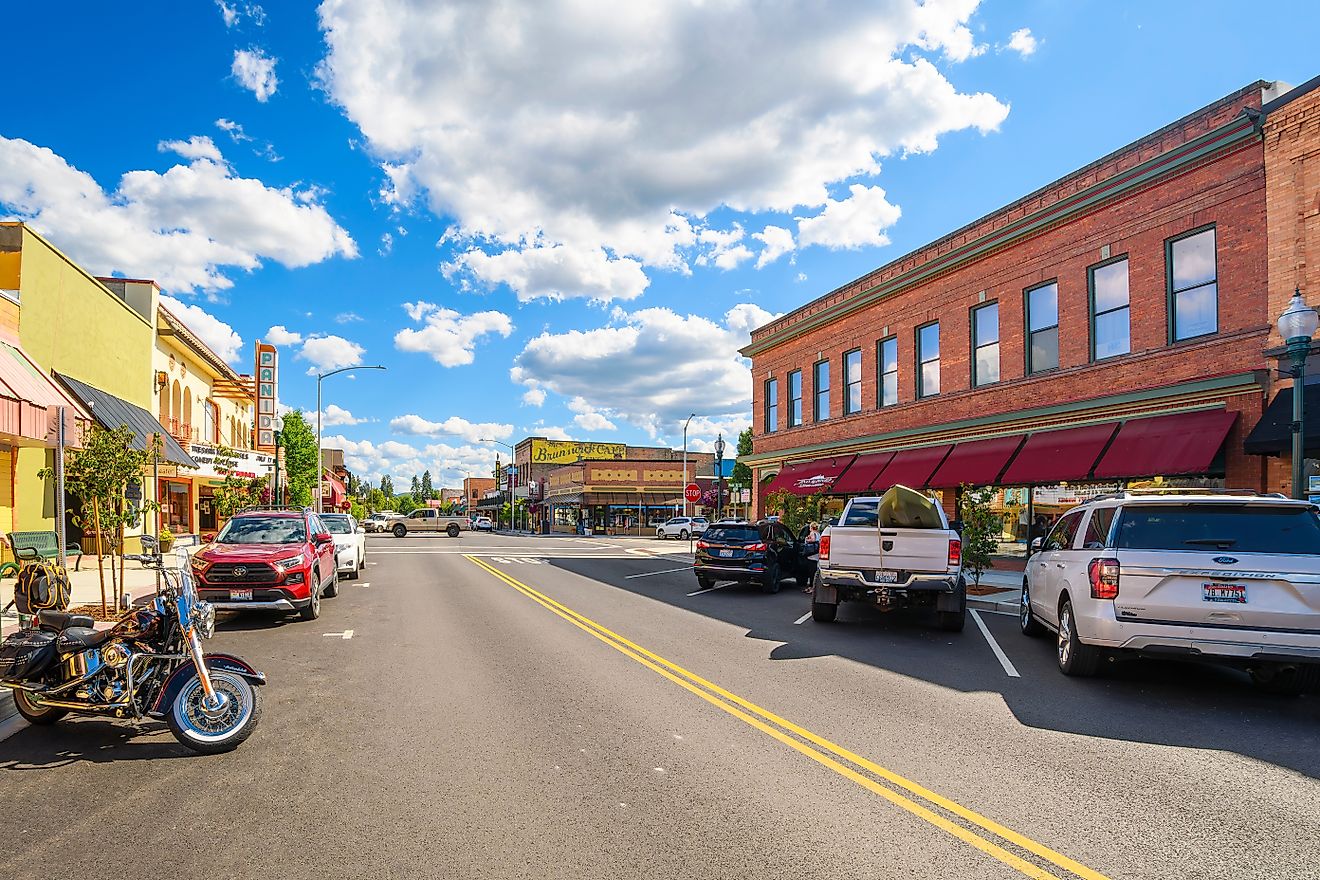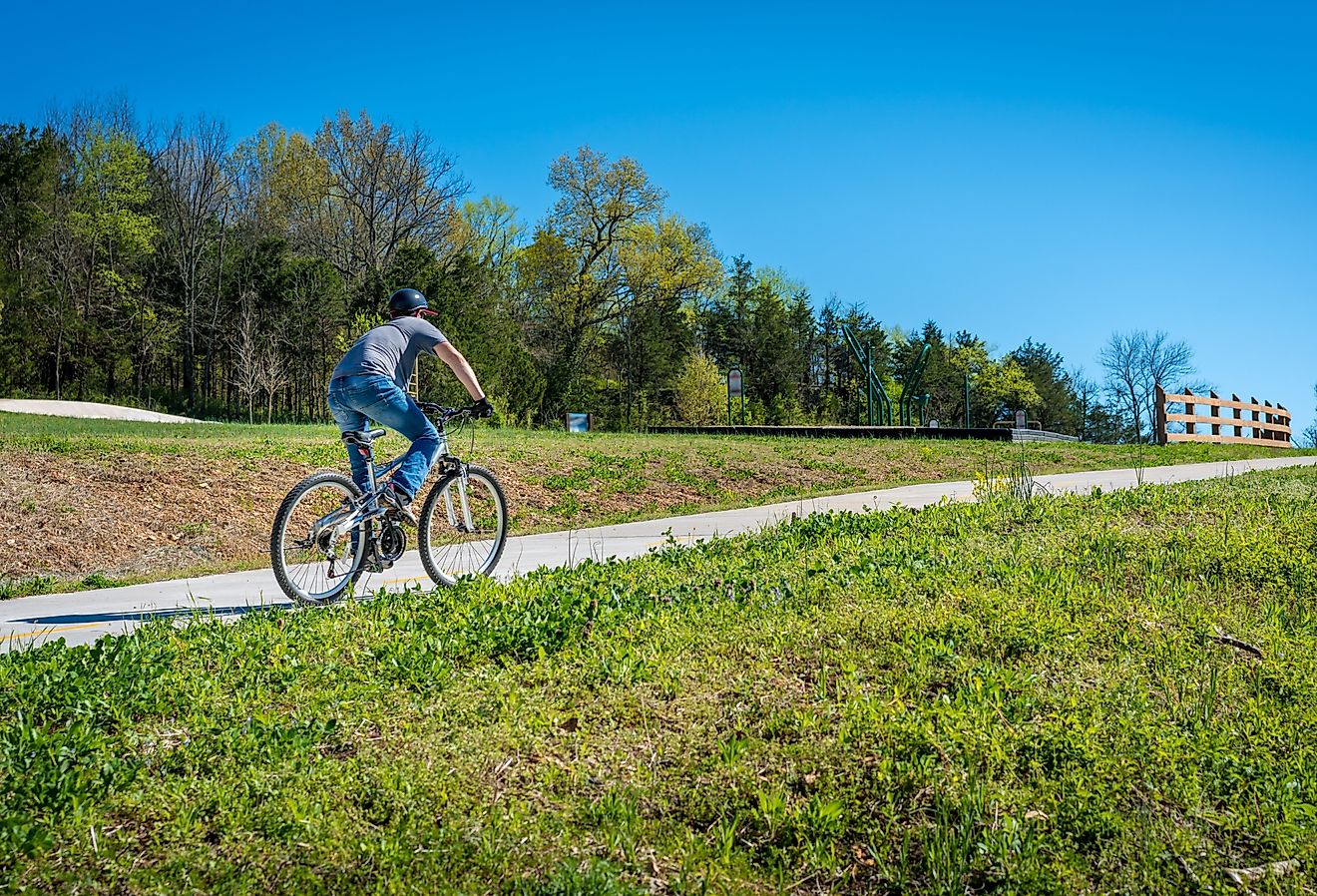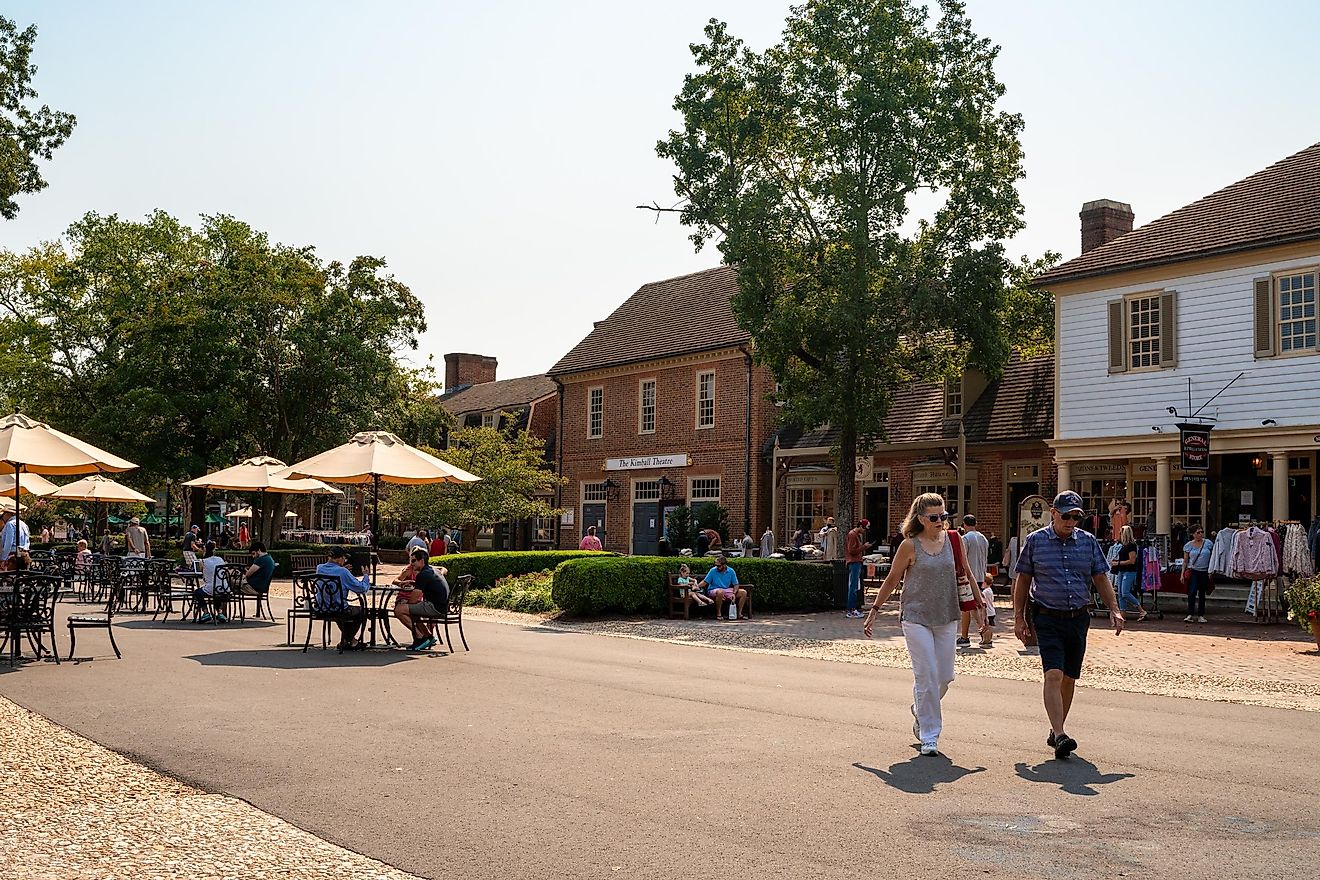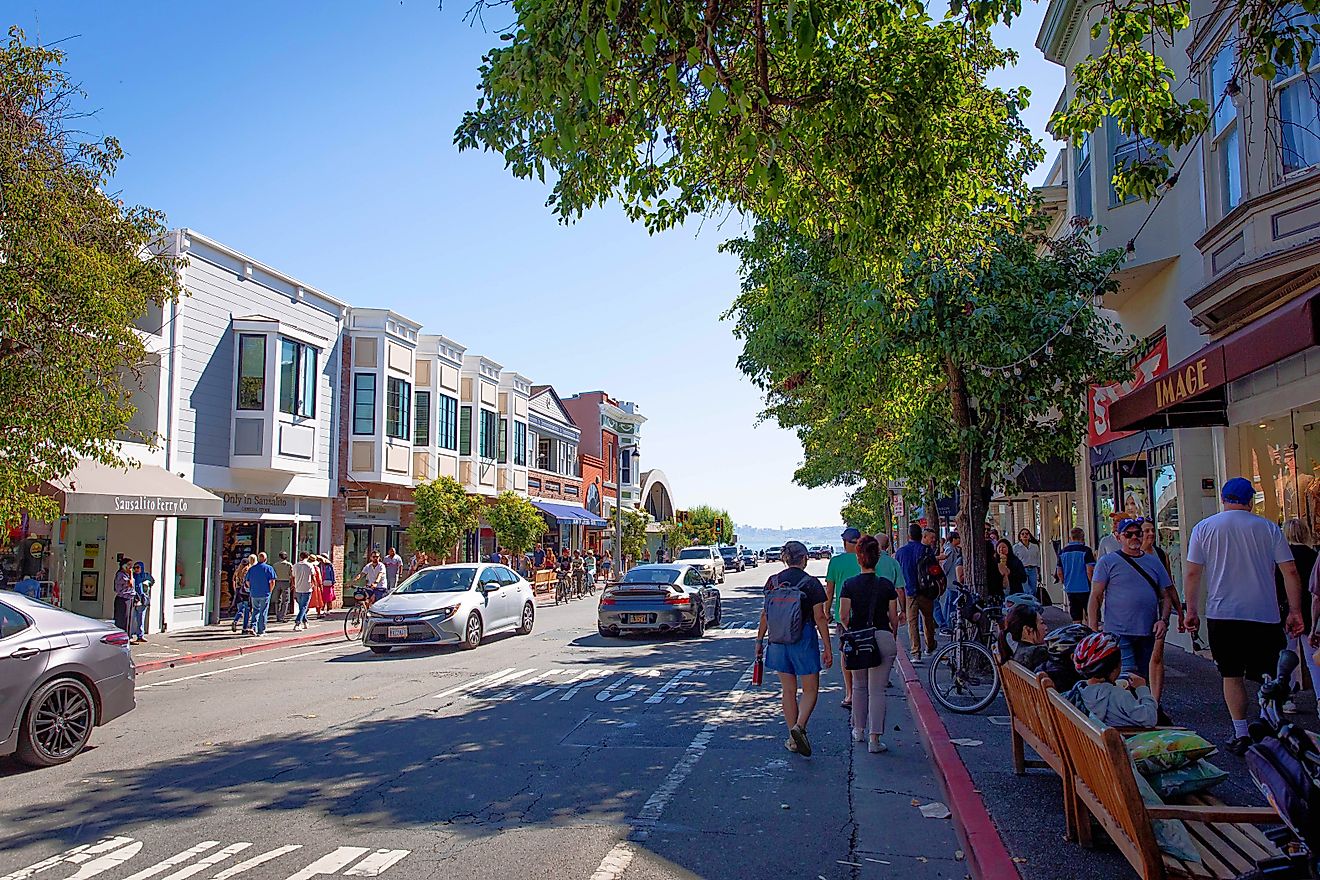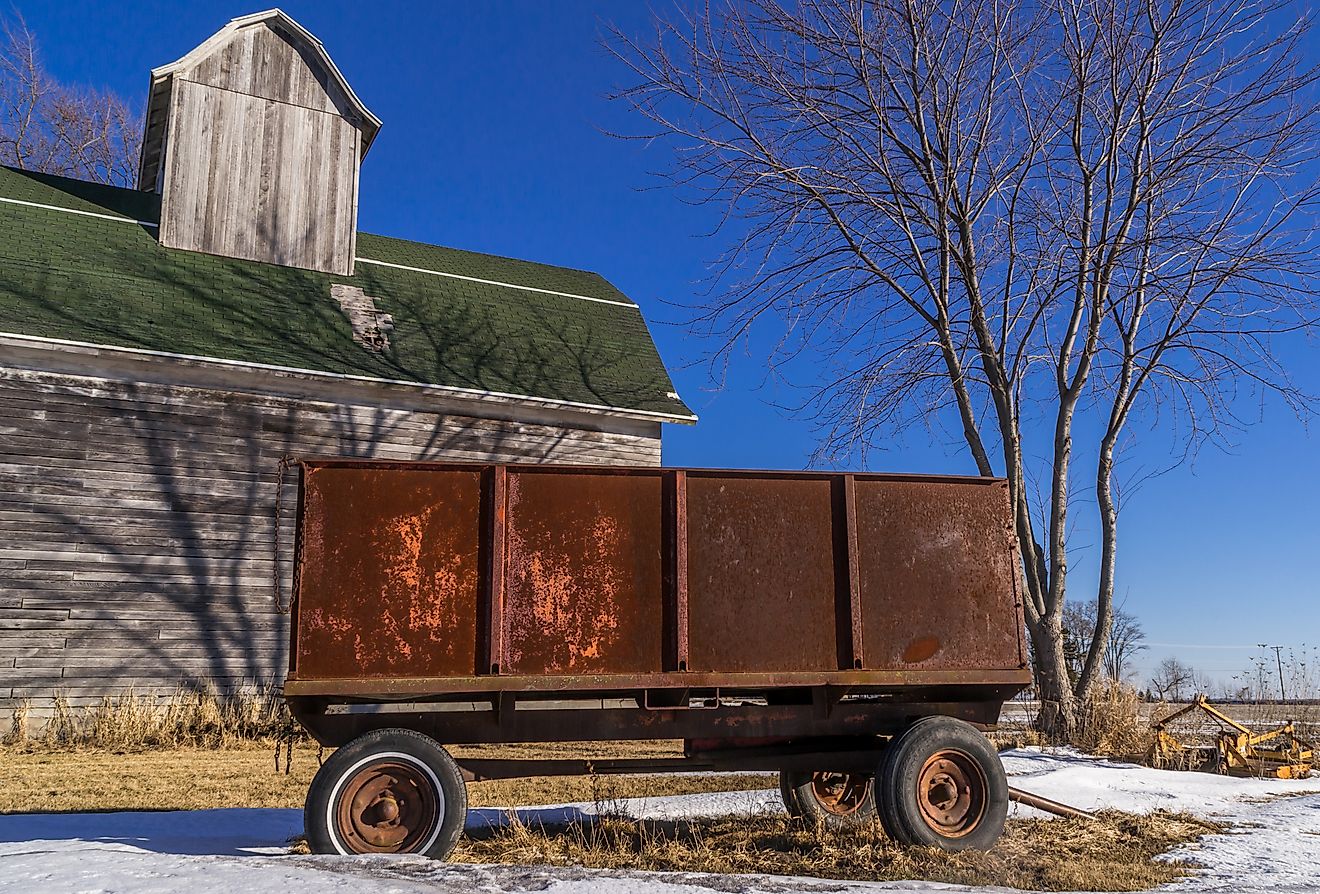
Lawton, Oklahoma
Lawton is a moderate-sized city found in Comanche County of southwestern Oklahoma in the United States. The city contains several green spaces, parks, museums, and historical landmarks. To many, Lawton appears like an urbanized area outside of Oklahoma City, but it serves as a quaint getaway from the chaos of the capital. Attractions like Lake Lawtonka, the Museum of the Great Plains, and the historic Fort Sill continue to intrigue locals and tourists alike. All while, outdoor enthusiasts use Lawton as a leaping-off point to the awe-worthy and scenic Wichita Mountains National Wildlife Refuge.
Geography And Climate Of Lawton

Lawton rests in the Oklahoma metropolitan area, about 135 km southwest of the state capital. It is found in the ecoregion of the Great Plains, and the landscape around Lawton is relatively flat with slightly rolling hills. Water sports are popular around the city, with three lakes within reach. These include Lake Lawtonka, Lake Ellsworth, and Elmer Thomas Lake. Other nearby cities include Duncan, about 53 km east; Wichita Falls, Texas, about 76 km south; and Altus, about 90 km west. As for day trips: the Wichita National Wildlife Refuge is about 27 miles northwest, Alabaster Caverns State Park is about 180 miles northwest, the Great Salt Plain State Park is about 177 miles north, and the Dallas Zoo is about 194 miles southeast.
According to the Köppen Climate Classification, Lawton has a dry subtropical climate. It experiences hot, dry summers and windy, snowy winters. The average temperature observed throughout the year is 61.9°F. The hottest month is July, with a median high of 84.2°F, while January is the coldest month, with a median low of 40.8°F. Of the 64.9 days that produce precipitation, there is an annual rainfall of 32.1 inches and snowfall of 2.0 inches.
History Of Lawton

Before the first contact with European settlers, the land of would-be Lawton was inhabited by Native Americans that were descendants of the Caddo and Wichita people. The mid-16th century saw the first contact with Spanish Explorer Francisco Vasquez de Coronado. Throughout the 18th century, France held control over Oklahoma and Louisiana before selling them to the United States as per the Louisiana Purchase. An influx of settlers migrated southeast of the Mississippi River and farmed the sought-after cotton crop. But the settlers begged for more land to increase the cultivation of cotton. As a result, the 1830s saw the Indian Removal Act, where native land was taken from the Indians and used for farming instead. The Choctaw and Chickasaw Nations were relocated to southern Oklahoma. But after aligning with the Confederacy during the American Civil War, the land was given to the Apache, Comanche, and Kiowa people. Constructed in 1869, Fort Sill served the purpose of carrying out campaigns to prevent raids on Texas by the Native Americans. Following the events of the Red River War and the US taking control of surplus Indian territory, land plots and new counties were formed as part of the prerequisites for Oklahoma to become a state in 1907. Ultimately, Henry W. Lawton, the Major General of Fort Sill, was the inspiration for the name of Lawton.
The Population And Economy Of Lawton
As per the latest US Census, Lawton has a population of 89,083 residents. Expanding over 210.91 sq. km, there is a population density of 441.07 people per sq. km. Of the population, there is a median household income of $62,280, and 18.44% live below the poverty line. As for cultural/racial background: 56.81% were identified as white, 19.75% were African American, 11.58% were of two or more races, 4.86% were Native American, 3.54% were of another race, 2.89% were Asian, and 0.49% were Native Hawaiian or Pacific Islander.
Of the 36,000 people employed in Lawton, 5,597 work in healthcare and social assistance, 4,384 work in retail trade, and 3,645 work in accommodations and food services. As for industries that comprise the top paying careers: utilities made $90,357, manufacturing made $54,546, and mining, quarrying, oil, and gas extraction made $48,136.
Attractions In And Around Lawton
Museum Of The Great Plains

Located in Elmer Thomas Park, the Museum of the Great Plains makes for a day of fun and learning for the whole family. The museum focuses on local Native American history on the Great Plains, with some artifacts dating back to 11,500 BCE when the Clovis Tribe ruled the land. The museum houses several artifacts, archives, archaeology, paintings, and exhibits that can only truly be appreciated in person.
Lake Lawtonka

Lake Lawtonka is a popular destination for a day of outdoor activities among both locals and visitors. Many enjoy boating, kayaking, canoeing, fishing, swimming, camping, and hunting. The Robinson Landing Marina along the northern shoreline is used for launching a boat. Hiking can be done on the west side of the lake at Mt. Scott, and campgrounds can be booked in advance for tenting and RVing. When it comes to fishing, channel catfish, largemouth bass, smallmouth bass, walleye, and crappie are found throughout the lake.
Lawton is a moderate-sized city having all the appeal of nearby Oklahoma City without the hectic lifestyle. There are lakes and parks, museums, casinos, landmarks, historic forts, art galleries, and even historic graveyards. Plan your next trip to this city to ensure you don’t miss out on an opportunity to peer upon pretty Lawton, Oklahoma.
